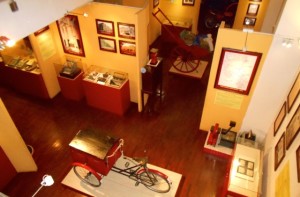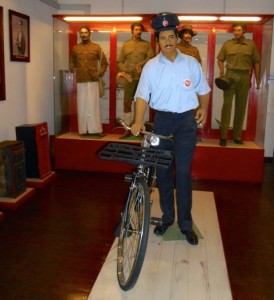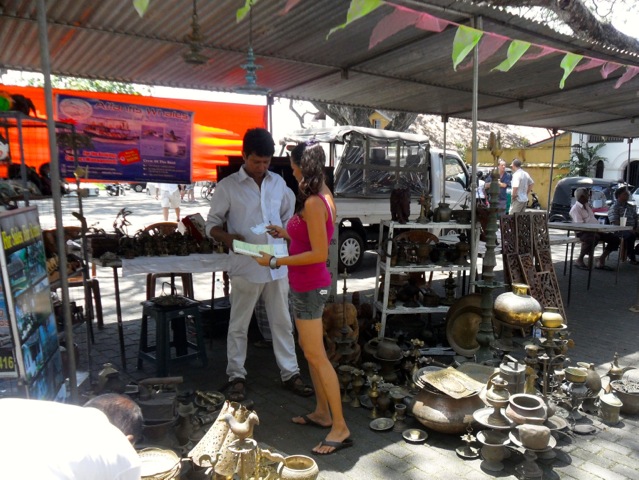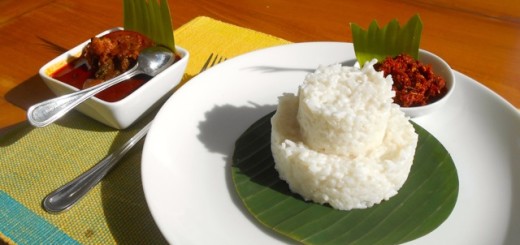SRI LANKA ROUNDABOUT (Number 18) – Postal Museum
by · Published · Updated
A weekly look at Sri Lanka for Jetwing by Royston Ellis
Welcome to Jetwingers around the world to this week’s issue of my regular Jetwing newsletter about Sri Lanka.
 There are many museums in Colombo that attract visitors, such as the National Museum and the Natural History Museum in Colombo 7, and the Dutch Period Museum and the Old Town Hall Museum, both in Pettah. Lesser known museums, and thus rarely visited by tourists, are the Railway Musuem near Colombo Fort railway station, the Currency Museum near the restored old Dutch Hospital restaurant and boutique shop complex, and the National Postal Museum.
There are many museums in Colombo that attract visitors, such as the National Museum and the Natural History Museum in Colombo 7, and the Dutch Period Museum and the Old Town Hall Museum, both in Pettah. Lesser known museums, and thus rarely visited by tourists, are the Railway Musuem near Colombo Fort railway station, the Currency Museum near the restored old Dutch Hospital restaurant and boutique shop complex, and the National Postal Museum.
People probably miss visiting the Postal Museum because it’s hard to find. You need to go to the Ministry of Posts at 310 D R Wijewardena Mawatha, which is the road that runs from the Lake House building, past the back entrance to the Fort Railway Station up to T B Jayah Mawatha. You walk straight into the Ministry building (no security, only a gate man) and turn right at the ground floor entrance.
There are old, hand drawn mail carts, packed with mail bags in the corridor leading to the museum, and a trio of red (for local mail), green (for country mail) and blue (for air mail) cement letter boxes outside it. Admission payable at the ticket desk is Rs20 for residents, Rs200 for non-residents. It’s worth it.
 Dummies clothed in the smart uniforms of postmen during the British colonial years, together with today’s more casual uniform better suited for the tropical climate, greet visitors. In a display cabinet are fascinating artefacts connected with the postal service, such as the wooden spear issued to a postman delivering mail to jungle villages, and a handsome leather handbag in which a postmaster carried cash when visiting the post offices in his district.
Dummies clothed in the smart uniforms of postmen during the British colonial years, together with today’s more casual uniform better suited for the tropical climate, greet visitors. In a display cabinet are fascinating artefacts connected with the postal service, such as the wooden spear issued to a postman delivering mail to jungle villages, and a handsome leather handbag in which a postmaster carried cash when visiting the post offices in his district.
On the ground floor there are cylindrical red iron pillar boxes with the royal cypher, beginning with one from the Victorian era, as well as wooden handled date stamps and old cash registers in display cabinets, and a postman’s red painted bicycle and cart in the hall. Postal history in the form of replicas of old stamps, first day covers and postal stationery are displayed on the first floor, and can be inspected on the way out.
The museum is said to be one of the largest postal depositories in the world. While the postal service began in 1815 when the country fell under the control of the British, it grew steadily from 1830 as the island’s plantation industry developed and planters needed to communicate with Colombo. A permanent General Post Office was established in Colombo in 1882, opposite the Governor’s (now the President’s) official Residence but this was relocated in 2000.
The museum has so much interesting material as it began in 1920 with postal mementoes displayed in a cupboard at the Central Telegraph Office. It expanded in 1994 when it was housed at the then GPO building. It was opened in its present location in 2010 and now features over 112 items, all in immaculately preserved condition. It’s a fascinating insight into this country’s history, of interest to everyone not just stamp collectors.
Royston Ellis (www.roystonellis.com) is a British author resident in Sri Lanka since 1980




